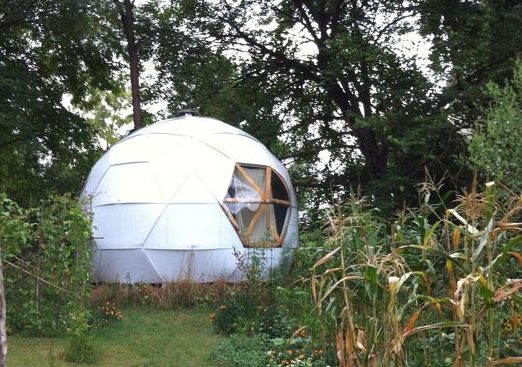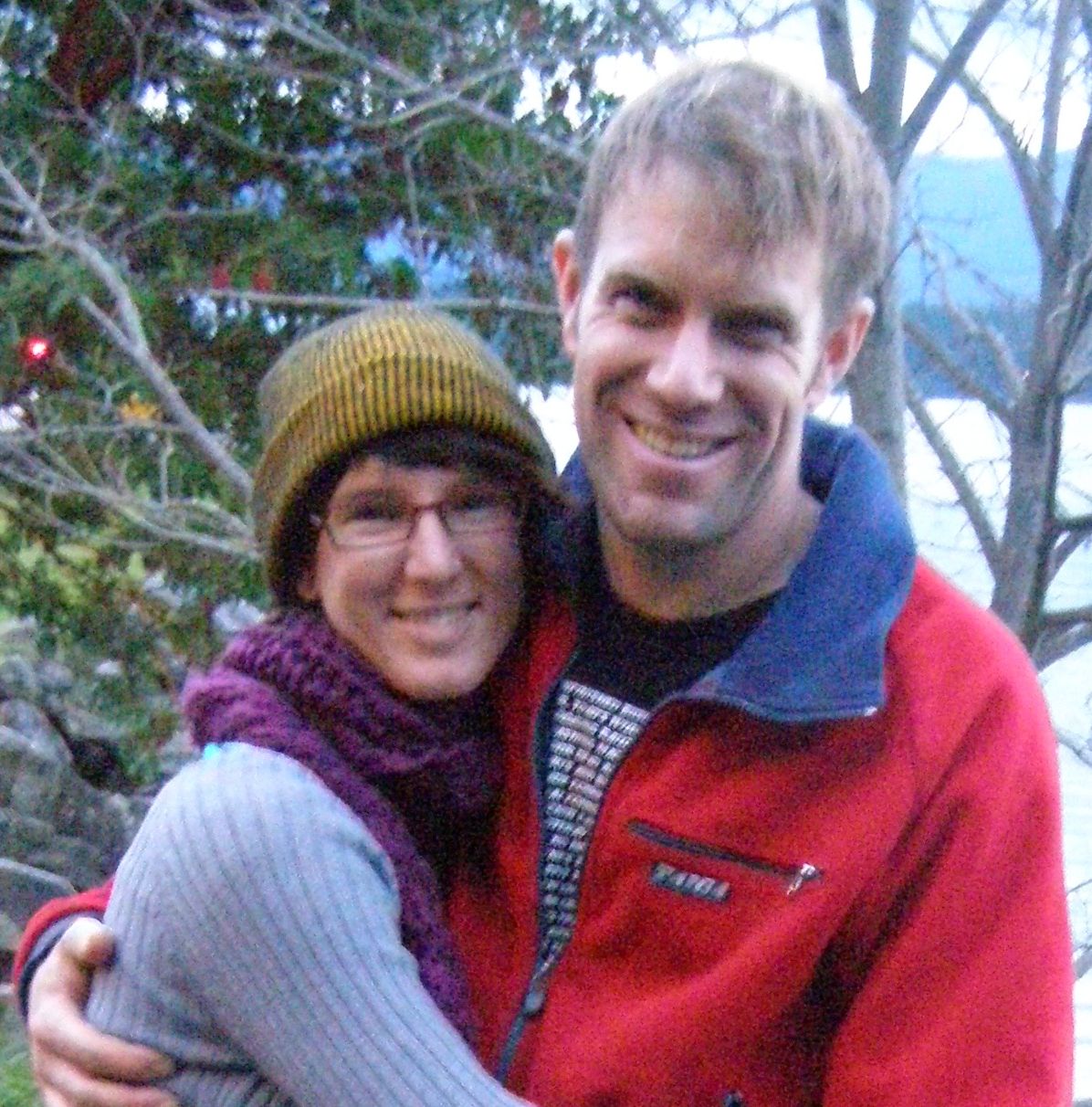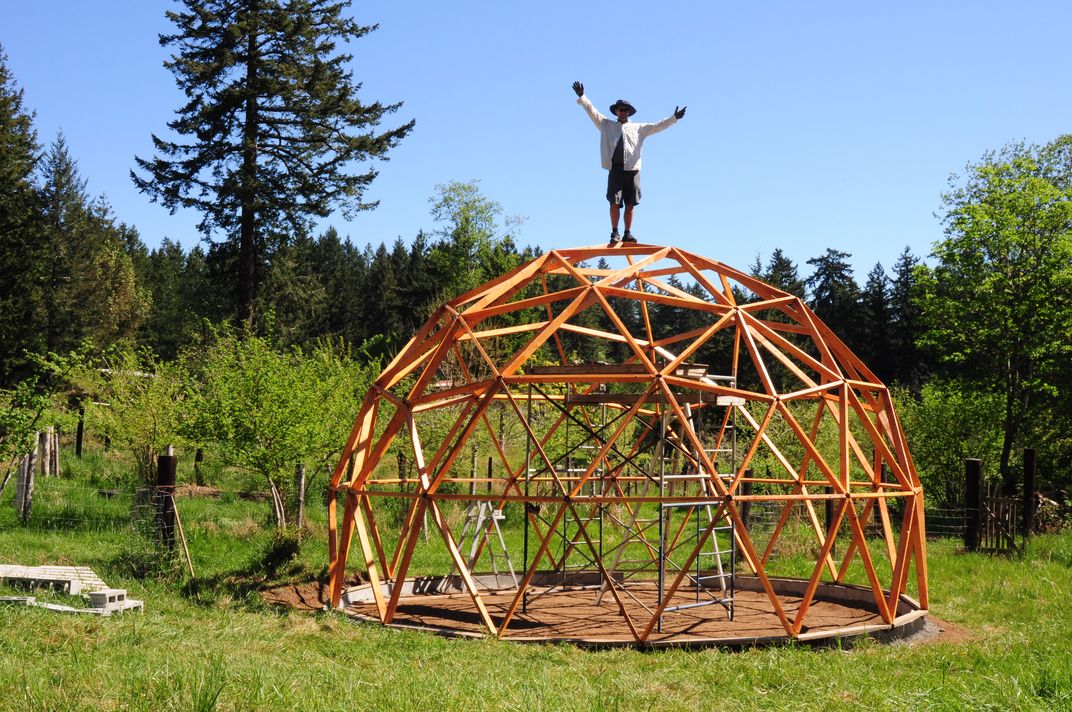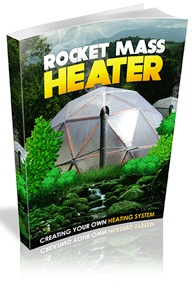Wildcrafting for Edibles to Supplement Your Geodesic Greenhouse
On the West Coast of North America, wherever Europeans settled, we disturbed the soil by cutting down trees, building structures (like houses, barns and greenhouses, geodesic or otherwise) and tilling the earth to plant our favourite seeds. This created the ideal environment for opportunistic pioneer plants, both native and introduced, to sprout up and do their job.
The task of opportunistic pioneer species is to grow quickly with little or no fungal support and to keep the ground covered. When the earth is exposed to sun and air, many beneficial microbes and fungi die off and water-soluble nutrients are rapidly washed away. Vigorous plants that grow well in disturbed soil provide the very first protection for the whole dark, moist, soil ecosystem below.
Both annual and perennial plants drop dead leaves which add humus to the soil. They provide food and homes for various herbivores, from insects to ungulates. Through their extensive root systems, they also accumulate minerals in their leaves, which are passed on to the succeeding generation of plants. Each community of plants nurtures the next as the energy and nutrients are repeatedly recycled.
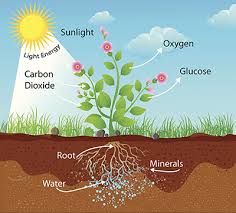
Plants are the original solar-powered carbon sequestration system: they use the energy of the sun to convert carbon and hydrogen from the air into stored carbohydrates (not to be confused with hydrocarbons, which are carbohydrates that have been compressed and stored for several million years). Carbohydrates fuel the world, either directly for those who eat plants, or indirectly for those who eat something that ate the plants, or very indirectly (see hydrocarbons). Some foods, such as leafy greens, take more energy to find, prepare and digest than the food gives back. Often these foods are still important in our diet because they are high in nutrients, fibre, or medicine. Other foods, like honey, animal fat or potatoes, are very energy dense and give back a lot more energy than it took to acquire them.
When I am wildcrafting around the Eden Biodome, most species I find are nutritious or medicinal, but not energy dense. Some common introduced pioneer species are traditional medicinal herbs. Ribbed Plantain and Chickweed make excellent poultices for scrapes and scratches. Dock and Dandelion are good spring tonics with high mineral content sucked up by their deep tap roots. Miner’s Lettuce and Chickweed leaves are tasty salad plants. The tangy wild Sheep Sorrel has a distinctive arrow shaped leaf and a stem of tiny reddish flowers. Clover, Vetch and Ox Eye Daisy flowers are also edible. Even thistles have edible stems after the prickles are removed.
Mixed in with these European pioneer plants (weeds), there are several native plants that like a similar habitat and are worth taking note of. Pineapple Weed or Wild Chamomile has an edible flower and also makes a nice tea. Yerba Buena is another great tea herb. Self-Heal and Yarrow have pretty flowers and are well known for their medicinal properties in treating cuts and scrapes. Trailing Blackberry, Oregon Grape and Salal bushes all provide anti-oxidant rich berries.
Most backyard and garden weeds are beneficial pioneer species that can be harvested and used for food or medicine. They grow prolifically in the right conditions and will also persist with little or no care. Some of these plants are even related to familiar garden plants. So look around your land and see what’s sprouting. Eden is all around the Biodome as well as inside it!

